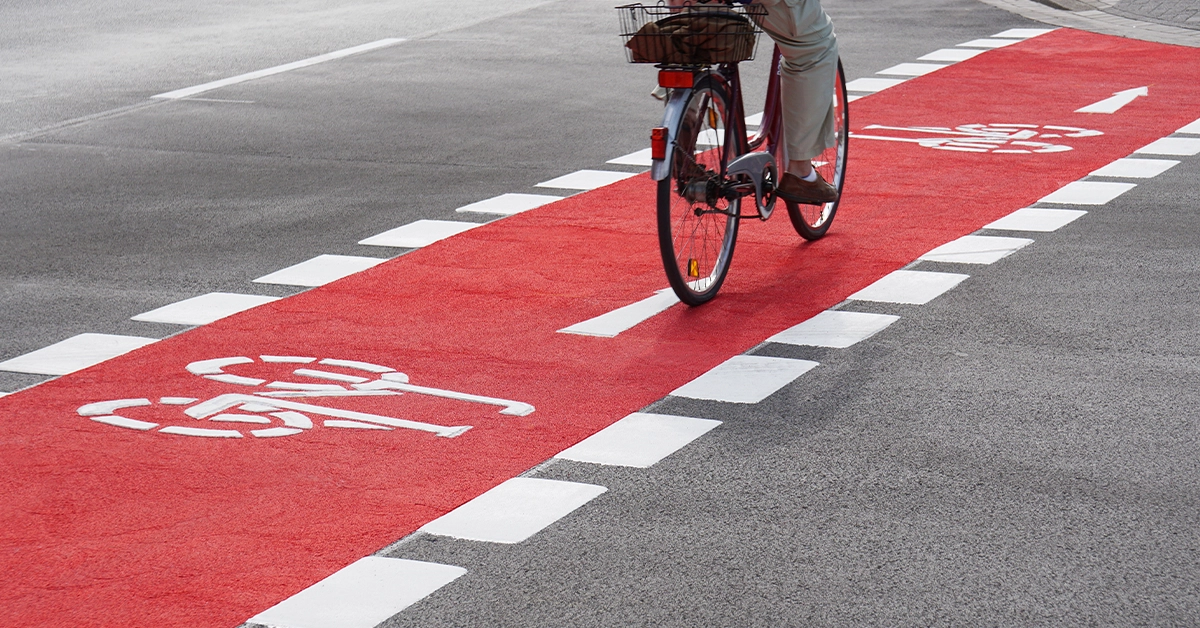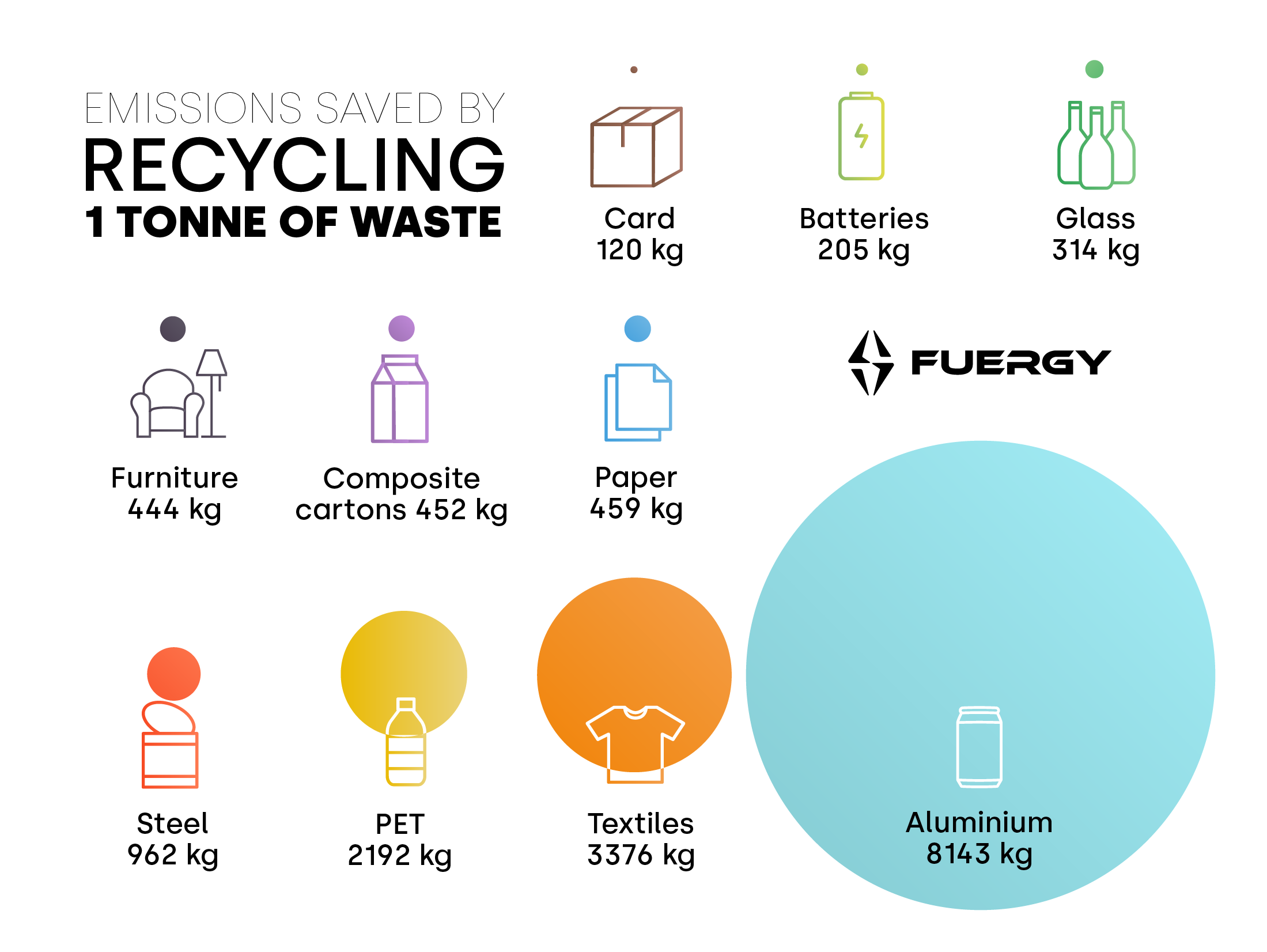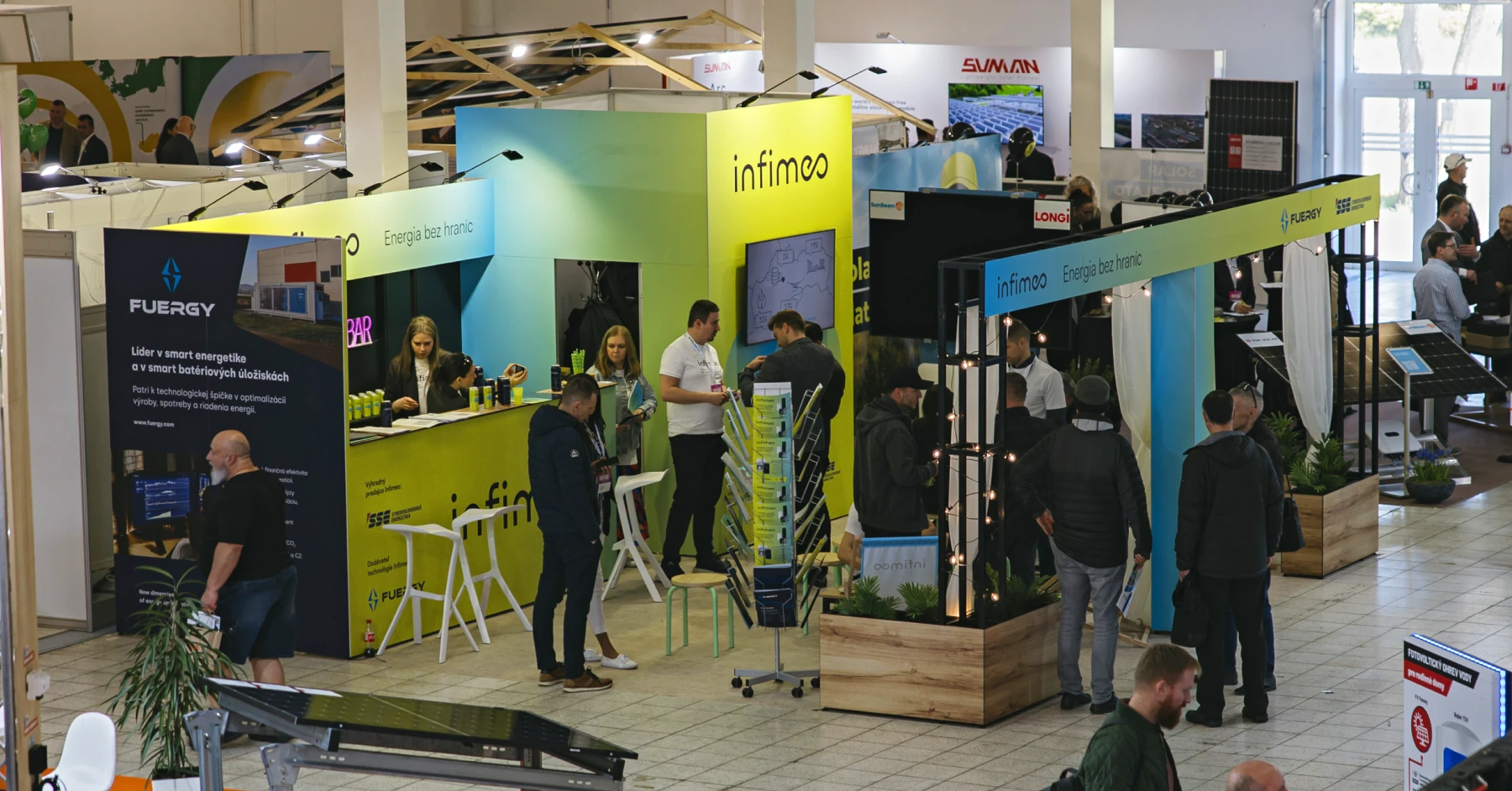
1. Reduce
The fact that only 20 firms are responsible for 33% of all GHG emissions – and just 100 companies constitute a whopping 71% – at first sounds a bit demotivating for us to take the action. However, these companies only produce what the demand asks for. This demand is made by us – the individuals. It is not just about things such as clothing, which alone is responsible for around 10% of all emissions.
According to a report conducted by the International Panel on Climate Change (IPCC), approximately 25-30% of produced food ends up as waste, which contributes to 8-10% of all GHG emissions. Every product has its carbon footprint made not just by its manufacturing and disposal, but also by its transportation. Just another reason why you should always choose local products.
2. Reuse & Recycle
The best kind of waste is the one that is never made. If you don’t have another option, you can replace the disposable products with reusable alternatives. However, without radically changing our lifestyles, we will always produce some waste. The “lazier ones” among us can still recycle their trash or compost it if we talk about bio-waste. Our infographics will tell you how many kgs of CO₂ we are able to save by recycling one tonne of a specific waste material.

3. Save energy
Our buildings are responsible for 28% of all energy-related CO₂ emissions, mostly because of their heating and cooling. In 2017, 64% of energy used by European households was for their heating. Therefore, it is extremely important to prevent heat loss, for example, with good insulation. You should always turn off the heater when you are not home or while you are sleeping. Even lowering the temperature on the thermostat (or increasing it in the summer) by 1° C (2° F) can save up to 900 kg of CO₂ per year.
Purchasing and correctly using energy-efficient appliances can also save a lot of energy. Turning off the light when we don't need it probably strikes everybody's mind. But did you know that an empty refrigerator consumes more energy than one that is full? To reduce its energy consumption, you can simply fill it with water bottles and clean its cooling system from dust on a regular basis. When washing clothes, you can save energy by lowering the water temperature and drying them without using a dryer. One load of laundry washed at 30°C (86°F) accounts for 0,6 kg (1,3 lbs) of CO₂. Increasing the temperature to 40° C (108°F) will result in an additional 100 g of emissions, and using a dryer jumps it up to 2,4 kg (5,3 lbs) of CO₂.
And what about on standby mode? That’s responsible for almost 1% of all CO₂ emissions, therefore you should always switch off your electronics properly. Covering our pots with lids while cooking? Yep, even such an innocent precaution can make a difference! The Brits have also found out that installing water-saving faucets and showerheads can save up to 30% of water heating-related emissions.
4. Get an Energy Audit
Energy audits basically give you tips and recommendations for changes that will lead to higher energy efficiency of your household and thus lower energy bills. You can also obtain an energy certificate that will increase the value of your property if you decide to sell or lease it.
5. Travel ecologically
Activities like walking and biking are not only emission-free but also, as we all know, good for our physical condition. Public transport is a great low-emission solution for long-distance travel. If we get to the point we really need to use a car, we should at least try not to travel alone. Dutch scientists have calculated that lowering the maximum motorway speed to 80 kmph (50 mph) can save up to 30% of emissions. Did you know that just by keeping your tires inflated to the proper pressure you can improve your gas mileage and therefore reduce your car’s emissions by 3%?
However, the biggest challenge, on the individual level, remains aviation. Most of airplane emissions are made during the takeoff and landing. That is why we should avoid short-distance flights, especially if there are more eco-friendly alternatives such as trains or buses. Many airlines are already calculating your flight’s emissions and offering you ways to offset them. On websites like www.myclimate.org you can offset not only the emissions from your flight but also from many different activities. Check it out!
6. Produce Energy from renewable sources
The falling price of renewable technologies is making the local production of green energy available for more people than ever before. Energy storage and battery management systems are able to significantly reduce the payback period of your investment into renewables. These solutions are also the core of what we do at FUERGY. We aim to cut not just emissions but also your electricity bills.
7. Get Active
You can fight emissions practically wherever and whenever. At your workplace by setting the thermostat to the right temperature, by collecting and sorting trash while hiking, or by planting trees in your neighbourhood. What if we told you that one 10-year-old tree absorbs approximately 22 kg (48,5 lbs) of CO₂ per year while helping to cool temperatures during hot days. And what is most important? To lead by example. Something as simple as talking about what we do for the environment as individuals can be the inspiration others need to take action themselves.
Are you ready to be part of the renewable energy revolution and take your energy independence to the next level? Contact us today! Our experts are here to help you find a tailor-made solution to your needs.
New dimension of energy optimization





